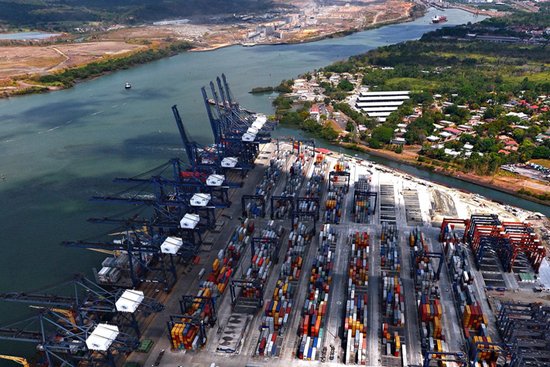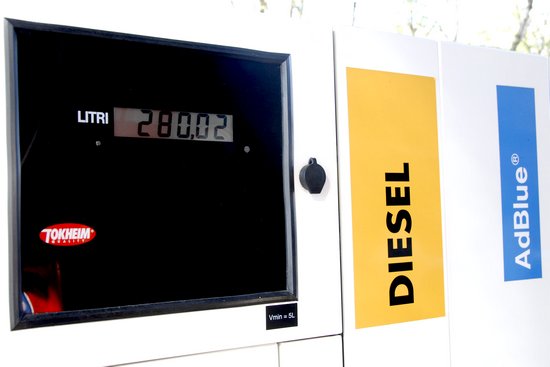After a period of moderate growth, peaking in October 2024 when global traffic reached 24.4 billion cargo tonne-kilometres, the air cargo sector showed signs of slowing down in February 2025. Iata attributes this deceleration to seasonal patterns as well as more complex economic and political developments. According to the airline association’s monthly analysis, global air cargo demand fell by 0.1% compared to the same month in the previous year. However, once adjusted for seasonality and the extra day in 2024, a leap year, actual demand rose by 3.0% year-on-year, maintaining January’s pace.
The slowdown can partly be explained by the typical seasonality of the market, which sees a peak during the winter months driven by the holiday season, followed by a physiological dip in volumes. Yet, mounting macroeconomic uncertainty also played a role, fuelled by new tensions in global trade and increased instability in US economic policy following the inauguration of the new Trump administration. These conditions have impacted business confidence and the steady flow of international trade.
Regionally, Asia-Pacific continued to lead, with cargo traffic up 5.5% compared to February 2024, although this marked a deceleration from the previous month’s 7.1% rise. Carriers in Latin America (+4.6%) and North America (+3.0%) also showed positive signs, albeit at a more moderate pace. The situation was more critical in the Middle East and Africa, which recorded year-on-year declines of 11.9% and 5.8% respectively. Europe maintained a broadly stable traffic level compared to February 2024 but saw a slight dip from January, especially once adjusted for seasonal effects.
A closer look at key routes clearly highlights the strength of the intra-Asian market, which posted a striking 9% increase over February 2024, becoming the world’s fourth busiest cargo route. Routes between Europe and Asia also saw robust growth of 4.7%, narrowing the gap with the traditionally dominant transpacific route, which remained stable at 3.8 billion cargo tonne-kilometres. The transatlantic corridor showed signs of renewed vitality, with a 4.5% year-on-year increase. In contrast, routes between the Middle East and Asia fell by 6.2%, while those between Europe and the Middle East recorded the sharpest drop of the period, with a 14.1% contraction. Intra-European traffic also declined, down 2.3%.
As for available capacity, measured in available cargo tonne-kilometres, February saw a 0.4% year-on-year decrease. This resulted in a slight rise in the cargo load factor, which reached 45.0%, up 0.1 percentage points. European airlines achieved the highest load factor at 58.1%, thanks to strong performance on Europe–Asia routes. In contrast, the weakest result came from Latin America, with a load factor of 36.5%, down half a point from February 2024. An interesting detail concerns the use of different aircraft types: more than half of international cargo capacity (56%) came from the bellyhold of passenger aircraft, up 2.4% year-on-year. Conversely, dedicated freighter capacity fell by 0.7%.
On the cost side, February recorded a slight drop in jet fuel prices. The average oil price declined by 2.1% compared to January, settling at 94.6 dollars per barrel. However, this reduction did not prevent a much sharper fall in cargo yields, which dropped by 6.1% month-on-month, reaching their lowest level in the past twelve months. This third consecutive decline in yields has made air freight relatively more competitive compared to sea transport. Meanwhile, the crack spread – the difference between the price of refined fuel and crude oil – rose from 17.4 to 19.4 dollars, signalling increased margin pressure for carriers.
In summary, February 2025 marked a transitional phase for the air cargo sector. Despite a slight year-on-year contraction, economic fundamentals remain positive and suggest that the slowdown may prove temporary. The coming months will be shaped by the evolution of geopolitical tensions and the industry's ability to adapt to a landscape still heavily influenced by complex macroeconomic dynamics.


































































